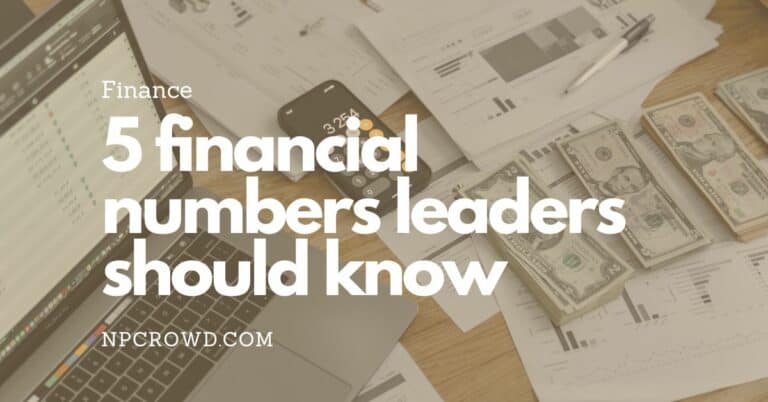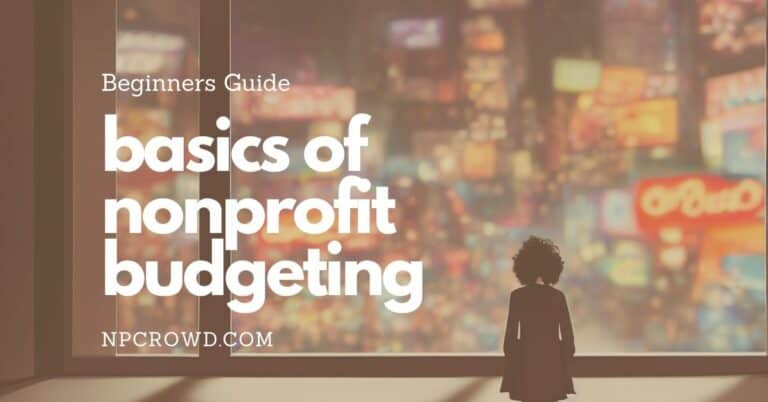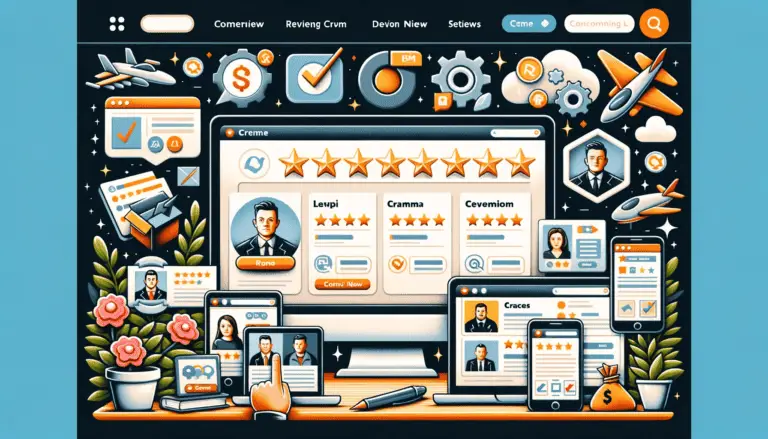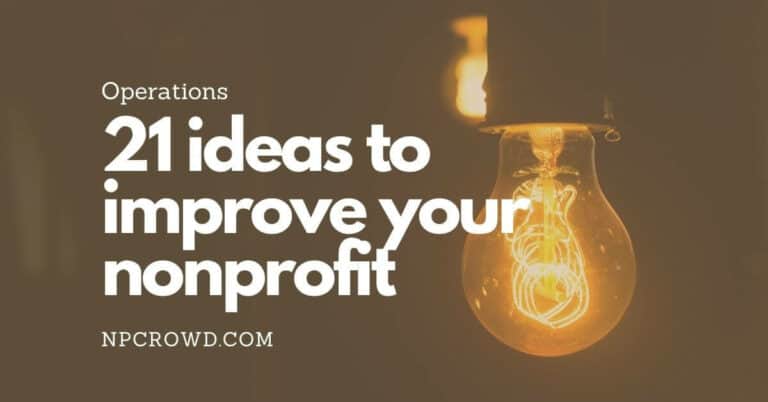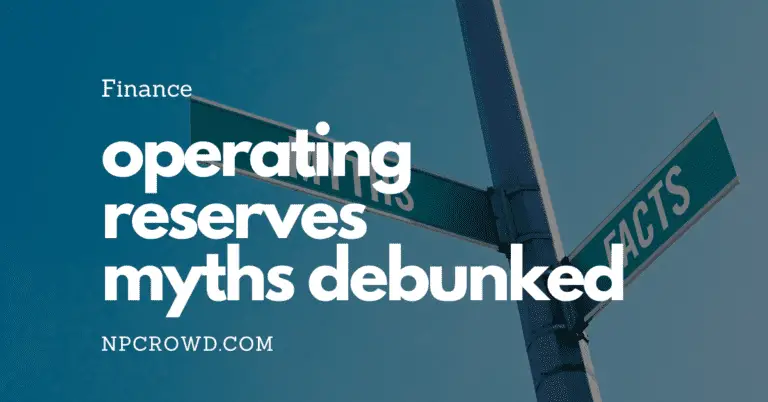7 Ways Organizations Can Improve Digital Maturity
Disclaimer: This post may contain affiliate links. These links, if used and purchases made, we may earn a small commission. These affiliate programs do not impact the recommendations we make or the resources we refer you to. Our focus is on providing you the best resources for your nonprofit journey.
Digital maturity is the level of an organization’s ability to use technology to its full potential. Nonprofits have been behind the curve when it comes to adopting new technologies, but there are a few clear benefits of digital maturity.- Improved communication with donors
- Increased donor retention rates
- Higher engagement among donors and volunteers
- More engagement with donors, clients, and staff
- Better decision making backed by facts, not just feelings
- Increased efficiency in goal achievements
The 3rd edition of the Salesforce Nonprofit Trend Report shows the impact of digital maturity on all other areas of a nonprofit.
Let’s look at seven ways your nonprofit can up with digital maturity starting with strategy and impact.
1. Change the mindset: people need to see digital as an integral part of their job instead of a separate task
Digital has become an integral part of any business. Digital marketing is not just about IT or marketing. It’s a big part of the work environment as well. This is because companies are seeing that digital tech has the power to transform their businesses, and there is no time like the present to take advantage and make it happen.
To be successful in this new digital world, nonprofits need to treat digital as more than just a standalone task. Organizations should embed it into every aspect of their company culture and strategy. This will help them generate more leads, retain existing donors, and increase the reach of their organization.
Digital has changed the way people consume information, make decisions, and buy products from companies. Nonprofits have no choice but to be digital-savvy to survive.
2. Create and maintain a digital strategy: The role digital plays in the overall strategy
A digital strategy is more than just a social media strategy. It collaborates and intertwines with a company’s marketing, customer service, I.T., development, and program departments.
This isn’t about a specific application or tool but how you plan to utilize technology as part of how you accomplish your nonprofit mission.
The digital strategy is also an evolving process that needs to be constantly monitored and improved to ensure that it always aligns with the organization’s goals.
Questions to ask include:
- Is there a way to leverage technology to provide virtual programs or services?
- What information would help us make a more informed decision about X?
- Could we stop doing Y if we knew it was not effective or efficient?
- Which staff roles could be accomplished by remote staff to get the best candidates regardless of locality?
3. Foster collaboration and buy-in for change
When changing or adding any technology to your nonprofit strategy, ensure relevant team members are well-informed and involved.
Remember that one size doesn’t fit all when it comes to developing digital strategies. Your organization is unique. Don’t assume you can copy what another organization is doing, and it will work well in your team. One size does not fit all.
That does not mean you can’t learn from others. Just be sure to make it your own.
Lastly, communicate with staff about changes long before they happen and mention the changes so many times you think people are tired of hearing about it. Be sure to help you team how changes will affect them, their team, and what outcomes the change is anticipated to achieve.
4. Use data and evidence when making decisions in a nonprofit
Data and evidence are the backbones of any decision-making process. The first step to take when looking at a new problem is observing the situation and gathering as much data about it as possible.
Data helps us understand the problem to make informed decisions. Evidence can help us validate our assumptions about the problem, but it is not enough for a decision-making process if there is no data.
There are three types of evidence, anecdotal, statistical, and experimental. Anecdotal evidence might provide valuable insights, but it does not help us make inferences or generalized conclusions about the people involved in our study. Statistical evidence is based on objective numbers representing large groups of people, while experimental evidence comes from an experiment designed with clear objectives and measurable outcomes.
When it comes to nonprofit strategy in light of digital maturity, all three types of evidences could be used.
For example, a digital marketing campaign could provide experimental evidence based on A/B testing of materials, ads, landing pages, or giving forms.
Statistical evidence might be used when looking into how a program’s potential participants might interact with your organization compared to demographic attributes. This evidence might come from research published by other organizations as a way to plan a new program.
Anecdotal evidence is the most common evidence used in nonprofits that do direct service work. These are the real-life stories of impact coming from front-line staff. These are powerful stories, but always ask yourself to see the empirical data to understand if the stories are normative or exceptional for your clientele.
5. Make it easy to locate and share data across departments in order to help problem solving at the root level.
Find a way to make it easier for people to locate and share data across departments to tackle the root of issues and not just the symptoms.
A unified data platform is a perfect solution. It can connect all of your data-siloed departments and enable them to work together. It will save you time and money while improving the quality of the decision-making process. However, these tools might not be attainable for small nonprofits.
Making it easier to share information might be as simple as moving documents and spreadsheets to collaborative cloud-based file storage like Google shared drives or Microsoft OneDrive as part of Office 365.
Data reporting and visualization tools like ClicData or QlikSense can read your cloud-based spreadsheets and turn them into powerful visualizations that you can act on.
6. Leverage participant and engagement data when designing nonprofit programs and services.
Successful nonprofit organizations have a strong understanding of their audience and the data they generate. NPOs need to be able to use this data to help them better serve their communities.
If you want your nonprofit organization to be successful in the future, you should start leveraging your participant and engagement data when designing programs and services. You can use this data to understand your community’s needs better or even what they are currently struggling with.
As the data guides you to a better understanding of needs and engagement, you can tweak, add, remove, or modify your current service offerings. This then allows you to maximize the expense side of fundraising dollars to have the most impact.
7. Personalize messaging to subgroups of donors with your digital and traditional communications.
Message personalization with donors improves engagement rates. Straight up. It’s a fact.
Consumers are inundated with advertisements every day, and most of these messages are ignored. This is especially true for fundraising messages. A study by researchers at the University of Pennsylvania’s Wharton School found that for every hundred fundraising messages that an individual receives, they donate to one.
However, organizations can drastically improve engagement rates through message personalization. This is achieved by tailoring messages to individual recipients. For example, communicating stories from specific areas of a ministry depending on the interests of the donor. This gives each donor a more relatable and impactful message by knowing more about their specific areas of interest.
Other factors make the messages you send to donors personalized as well. The timing of your message is one. How much they have given in the past is another. The amount you need from them in the future is the third factor, and so on.
Finally, you can use the data you collect from your programs to give empirical data and impact information to your donors, helping them see how their donation is helping a cause they believe in.
In Conclusion
Data is critical to the success of nonprofits today. Becoming digitally mature as an organization requires intentionality, some skill, and a willingness to test your feelings and assumptions against the reality of the data.
Digital maturity in nonprofits starts with strategy. From there, organizations should follow six key areas: change mindsets of staff about the role of technology, use good change management techniques, use data to make decisions, make it easy to share data, design programs and services using data, and start to personalize communications with donors, volunteers, and program participants.
Setting a course to cover these areas will provide quick results in the short term but even greater opportunities over months and years.

